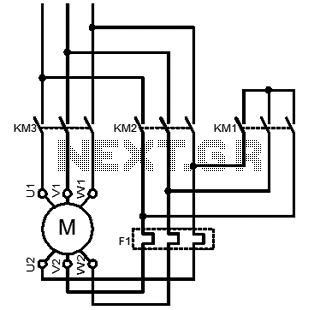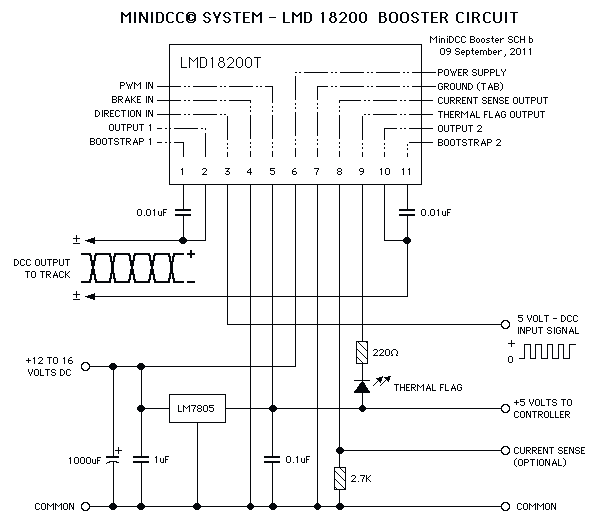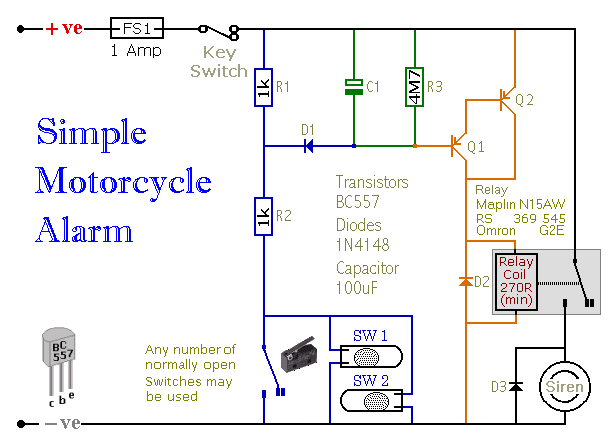
The Star-Delta 3-phase Motor Starting Method

The Star Delta starting method is a motor starting mechanism that minimizes the large amount of starting current drawn by motors. As the name suggests, the Star Delta method involves supplying the motor with 1/sqrt(3) (approximately 58%) of the full load current until it reaches operational speed, after which the full load current is applied. This technique is commonly referred to as "soft starting" of the motor. To implement this method, a complete setup requires three contactors: the Star Contactor, the Delta Contactor, and the Main Contactor. Additionally, for the motor to be started in Star Delta, its internal connections at the terminal box must be configured in Delta, allowing it to receive full-load current at any moment. Traditionally, many regions mandated that all motor connections be equipped with a reduced voltage starter for motors exceeding 4KW (5HP) to mitigate the high inrush currents associated with starting induction motors.
The Star Delta starting method is widely employed in industrial applications to reduce the electrical stress on motor windings and the associated power supply during startup. The configuration begins with the motor connected in a Star (Y) configuration, which effectively reduces the voltage across each winding to 58% of the line voltage. This reduction in voltage results in a corresponding reduction in starting current, thus minimizing the initial inrush that can cause damage to both the motor and the electrical infrastructure.
Once the motor reaches approximately 70-80% of its rated speed, the control system switches the motor from the Star configuration to the Delta (Δ) configuration, allowing full line voltage to be applied. This transition is typically managed by a control relay or timer, which ensures that the switch occurs at the correct moment to maintain operational efficiency and protect against excessive current draw.
The three contactors play a crucial role in this setup. The Main Contactor connects the motor to the power supply, while the Star and Delta contactors are responsible for switching the motor between the two configurations. Proper interlocking between these contactors is essential to prevent simultaneous engagement, which could lead to short circuits or damage to the motor.
In addition to the contactors, it is standard practice to incorporate overload relays and fuses within the circuit to provide protection against overload conditions and short circuits. The overload relay monitors the current flowing to the motor and disconnects the power supply if the current exceeds a predefined threshold, thus safeguarding the motor from damage.
In summary, the Star Delta starting method is an effective solution for managing the starting characteristics of induction motors, particularly in high-power applications. Its ability to reduce inrush current not only protects the motor but also enhances the longevity and reliability of the entire electrical system.The Star Delta starting method is a motor starting mechanism that minimizes the large amount of starting current that motors draw in. The Star Delta, as the name suggests basically involves feeding the motor with 1/sq. root3 (58%) of the full load current until it attains speed then applying the full load current. This method is commonly referred t o as "Soft Starting" the motor, For this to work the whole set-up requires 3 contactor i. e The Star Contactor, The Delta Contactor & The Main Contactor. However for the motor to be started in Star Delta, its internal connection at the terminal box has to be wired in Delta-giving it capability of receiving the full-load current at any instant. Traditionally, in many regions there was a requirement that all motor connections be fitted with a reduced voltage starter for motors greater than 4KW 5HP.
This was to curb the high inrush of starting currents associated with starting induction motors. 🔗 External reference
The Star Delta starting method is widely employed in industrial applications to reduce the electrical stress on motor windings and the associated power supply during startup. The configuration begins with the motor connected in a Star (Y) configuration, which effectively reduces the voltage across each winding to 58% of the line voltage. This reduction in voltage results in a corresponding reduction in starting current, thus minimizing the initial inrush that can cause damage to both the motor and the electrical infrastructure.
Once the motor reaches approximately 70-80% of its rated speed, the control system switches the motor from the Star configuration to the Delta (Δ) configuration, allowing full line voltage to be applied. This transition is typically managed by a control relay or timer, which ensures that the switch occurs at the correct moment to maintain operational efficiency and protect against excessive current draw.
The three contactors play a crucial role in this setup. The Main Contactor connects the motor to the power supply, while the Star and Delta contactors are responsible for switching the motor between the two configurations. Proper interlocking between these contactors is essential to prevent simultaneous engagement, which could lead to short circuits or damage to the motor.
In addition to the contactors, it is standard practice to incorporate overload relays and fuses within the circuit to provide protection against overload conditions and short circuits. The overload relay monitors the current flowing to the motor and disconnects the power supply if the current exceeds a predefined threshold, thus safeguarding the motor from damage.
In summary, the Star Delta starting method is an effective solution for managing the starting characteristics of induction motors, particularly in high-power applications. Its ability to reduce inrush current not only protects the motor but also enhances the longevity and reliability of the entire electrical system.The Star Delta starting method is a motor starting mechanism that minimizes the large amount of starting current that motors draw in. The Star Delta, as the name suggests basically involves feeding the motor with 1/sq. root3 (58%) of the full load current until it attains speed then applying the full load current. This method is commonly referred t o as "Soft Starting" the motor, For this to work the whole set-up requires 3 contactor i. e The Star Contactor, The Delta Contactor & The Main Contactor. However for the motor to be started in Star Delta, its internal connection at the terminal box has to be wired in Delta-giving it capability of receiving the full-load current at any instant. Traditionally, in many regions there was a requirement that all motor connections be fitted with a reduced voltage starter for motors greater than 4KW 5HP.
This was to curb the high inrush of starting currents associated with starting induction motors. 🔗 External reference





